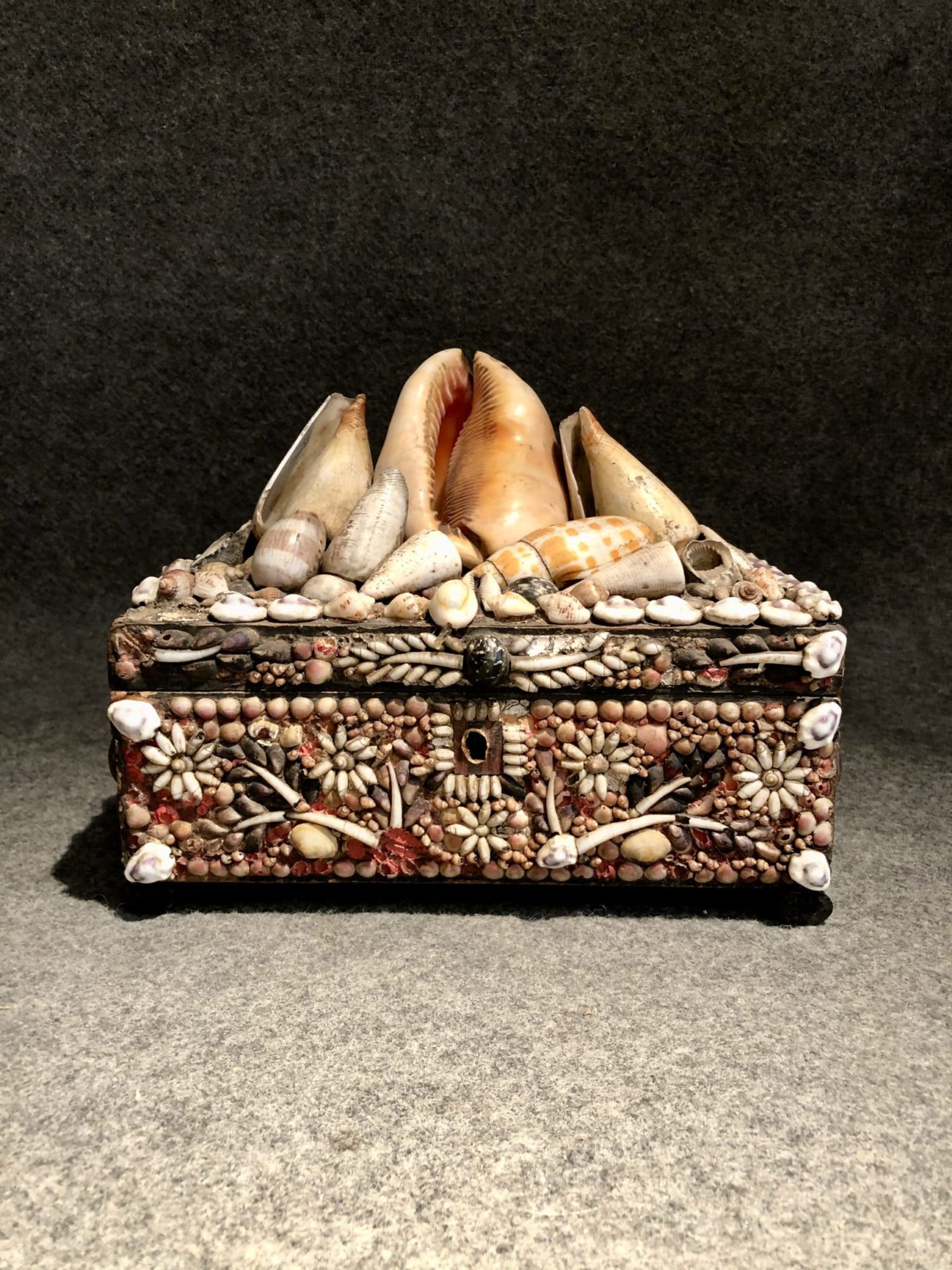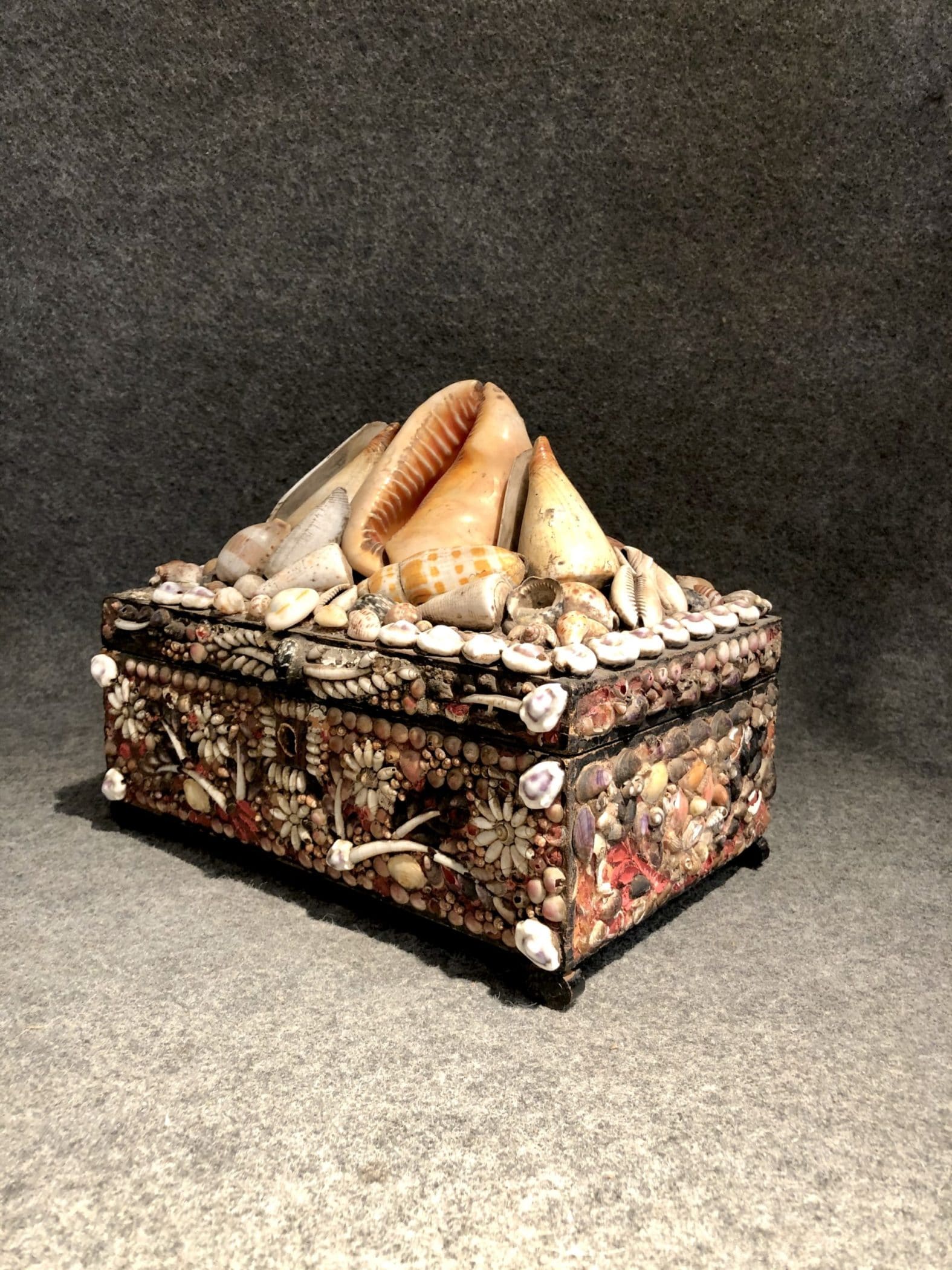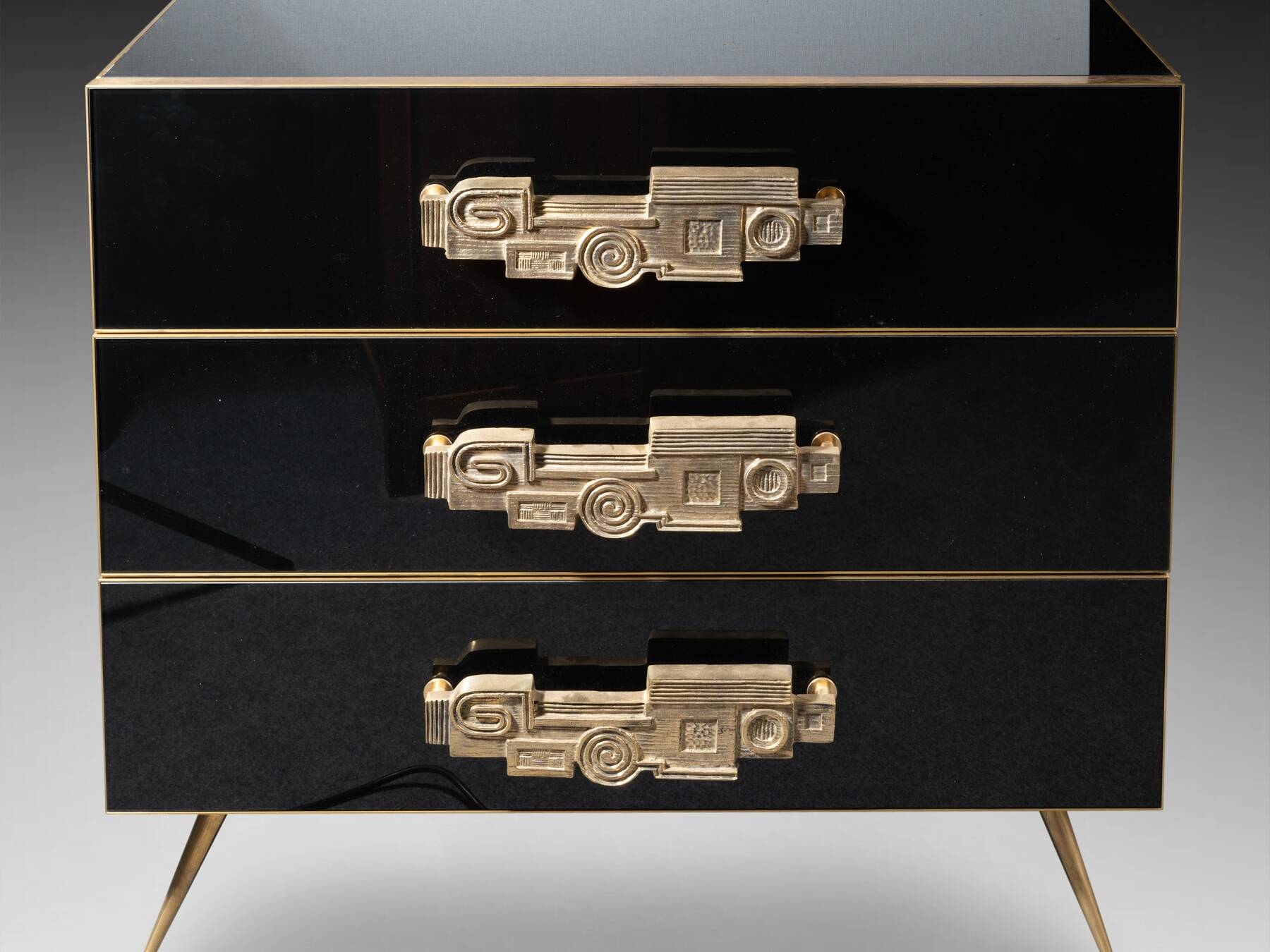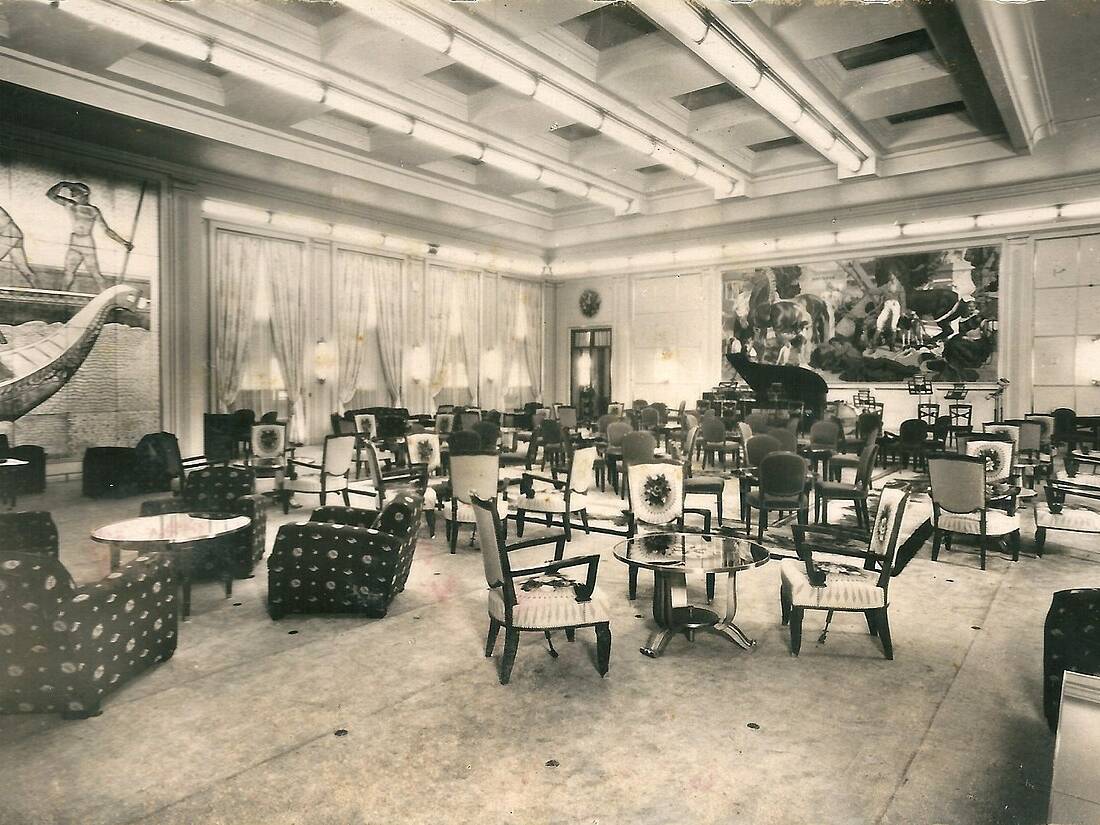Decorative Objects
Ces curieuses créations du XVIIIe siècle sont ainsi de charmants témoins of an era in the midst of a scientific and cultural revolution.


The Art of Accumulation

Usually, the shells are first gently cleaned. Their surface is polished and regularly covered with colorless natural wax to increase the shine and brighten the colors and reflections of the mother-of-pearl.


Our box is thus very representative of this learned art of the shell. Moreover, it follows another whim of the 18th century which appreciates the arrangement of shells in the manner of French gardens. The symmetry and the patterns are in fact those of the flowerbeds arranged in the shapes of suns, circles, stars or rays). Larger creations similarly arrange sections of walls or furniture into methodical and conchological tableaux.
Shells are the object of research of two different sorts of persons; I mean Physicists and the Curious. The aim of the former, in possessing them, is to study their cause, principle and consequences (…). The latter seek them only (…) for relaxation, and to procure an agreeable glance by observing the variety of forms and colours with which they are adorned. I do not, however, pretend to say by this that the sole motive of the Curious, in acquiring curiosities, is amusement, and that the Physicist has only study in view, and does not count the recreation of the eyes for anything; but only that the agreeableness which is found there is only accessory for the Physicist, as study and research are for the Curious.
Marielle Brie de Lagerac Historienne de l’art pour le marché de l’art et les médias culturels. Author of the blog L’Art de l’Objet
Autres ressources et documentations
28 June 2025
Plaster Sculptures, Plaster Casts
For a long time, plaster casts suffered from a poor reputation. Often regarded as crude replicas, and sometimes even dismissed as inexpensive imitations, they nonetheless had…
17 April 2025
The Middle-Ages Furniture
Rare and highly sought-after, Middle-Ages furniture is making a strong comeback. An overview of this market, where enlisting the guidance of a professional is strongly advisable.
18 March 2025
Murano Glass Furniture
Since the beginning of the 20th century, Murano glassmakers have been exploring new horizons. After classic lighting and decorative art, Murano glass is now used to adorn…
16 December 2024
A bronze triton after the sculptures of François Girardon (1628 – 1715) in Versailles
This fountain element is all the more admirable as it is sculpted after the masterpieces of the Pyramid Basin, on the parterre of the North Wing of the Versailles gardens.
18 November 2024
Tyco Bookcase, by Manfredo Massironi, for Nikol International
A pure creation of optical art research in the 1960s, the Tyco library shelf designed by Manfredo Massironi invites the viewer to bring the work of art to life on a daily basis.
3 August 2024
The Ocean Liner Style
In the 20th century, the immense ocean liners connecting the Old Continent and the New World were ambassadors of tastes and innovations on both sides of the Atlantic.






